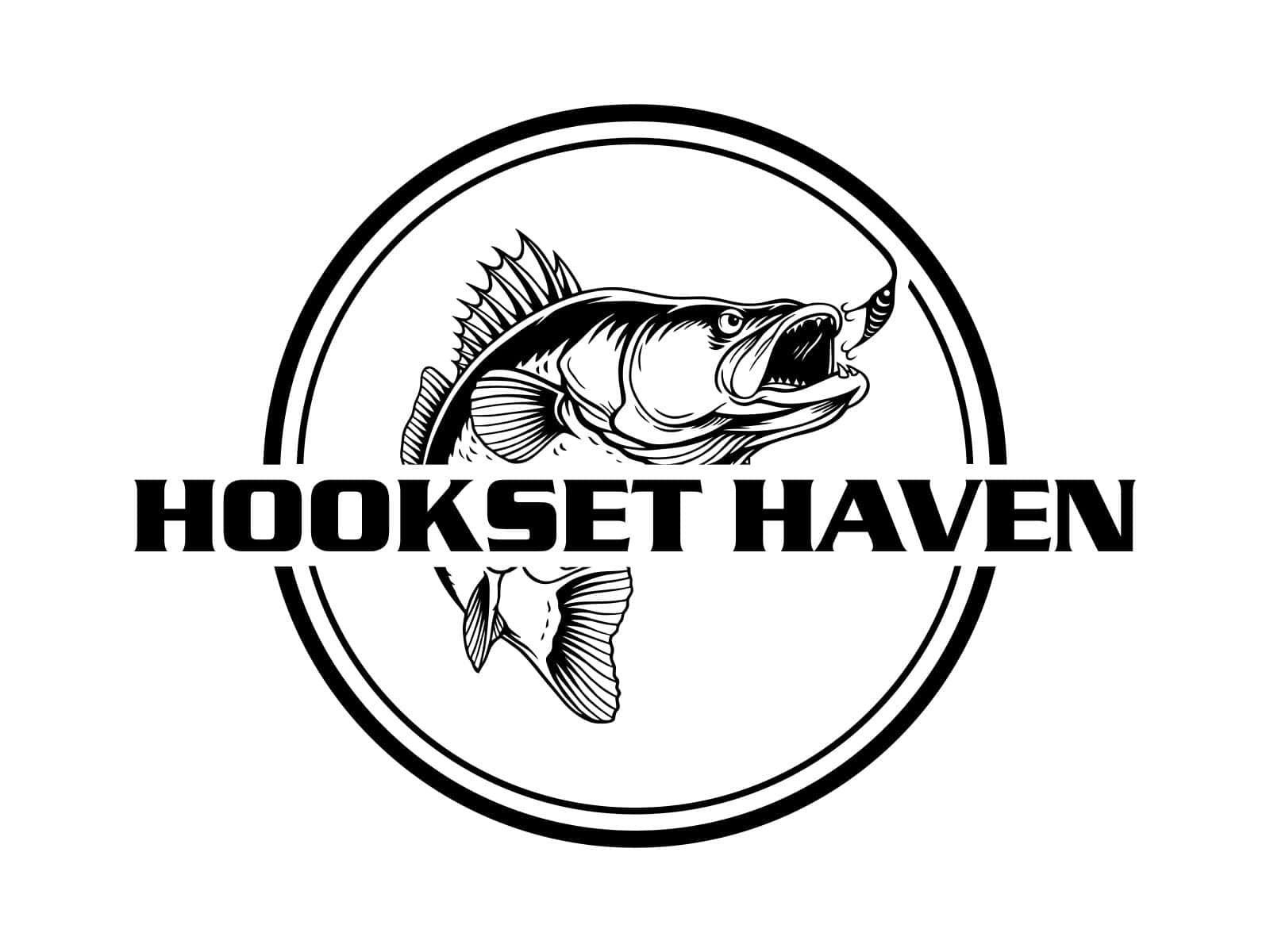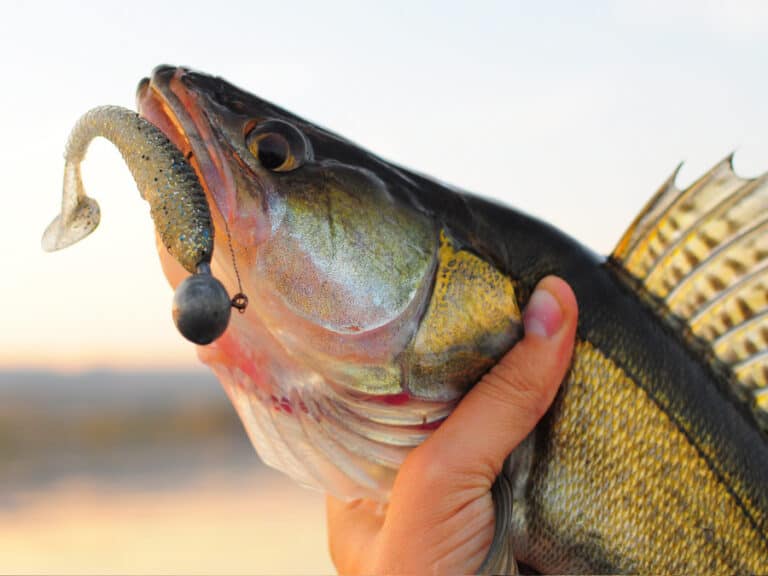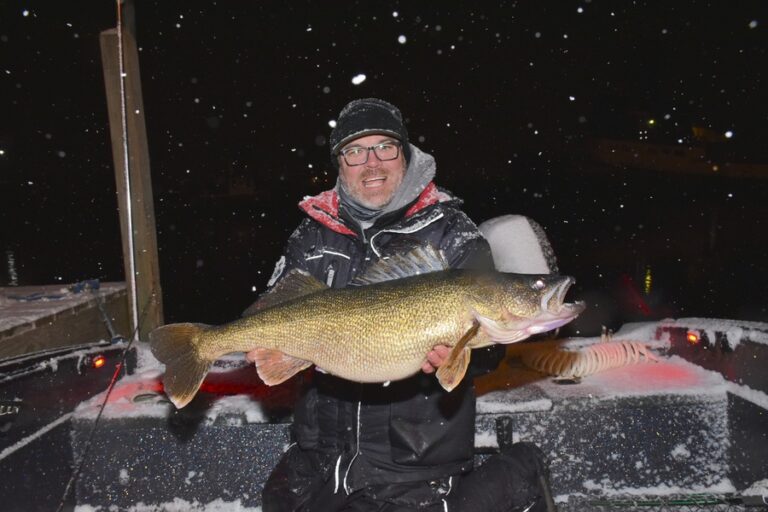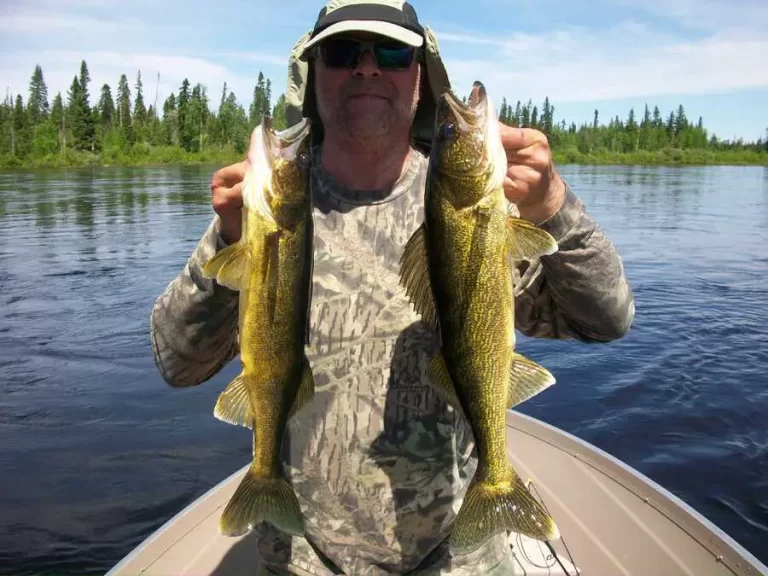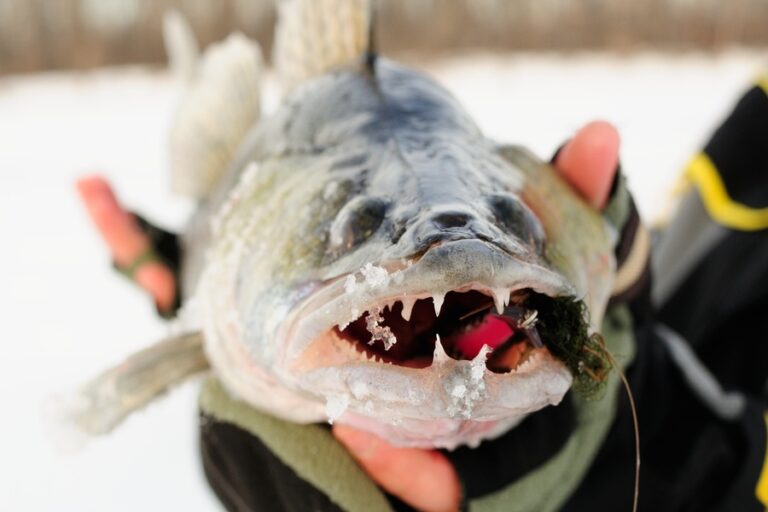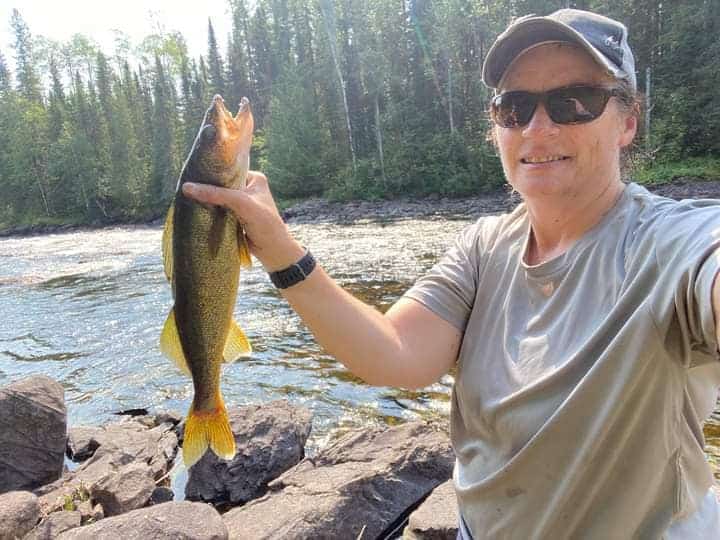Walleye Fishing in Colorado (Best Lakes & Rivers)
Walleye fishing in Colorado can be very good at prime locations like Cherry Creek Reservoir and Lake Pueblo. The best times to fish walleye are fall and early spring. I worked two seasonal fisheries jobs in the state of Colorado and have fished in the state for walleye more than 20 times. I also have…
